Sun Safe Sport initiative and modernised awareness campaign critical to preventing melanoma which claims more lives than our annual road toll.
The federal government is being urged to commit funding to improve sun safety across sport and implement a long-term, year-round modernised melanoma sun safety prevention campaign in a bid to save lives from melanoma.
Melanoma Institute Australia Co-Medical Directors, Professor Georgina Long AO and Professor Richard Scolyer AO, made the calls during an address to the National Press Club of Australia today alongside Olympian and melanoma survivor Cate Campbell.
‘Whilst Australia is leading the world in melanoma research and treatment, that’s where the plaudits stop,’ Professor Richard Scolyer told the National Press Club of Australia.
‘Melanoma is a largely preventable cancer – preventable by leading a sun safe life,’ added Professor Georgina Long. ‘As a society, we have collectively dropped the ball in terms of preventing Australians from developing melanoma.’
During their address, titled “Game On Mole – urgent action required to tackle melanoma, which claims more Australian lives than our annual road toll”, Professors Long and Scolyer called for urgent implementation of key prevention strategies identified in the landmark State of the Nation in Melanoma report released earlier this year, specifically:
- Federal Government commitment to kick-off a Sun Safe Sport initiative
- Federal Government commitment for a long-term, year-round modernised sun safety prevention campaign
Professors Long and Scolyer called for sunsafety in sport to have the same billing as other safety measures already mandated to protect athletes, including the use of helmets, shinpads, and more recently, changes to rules in contact sports to reduce risk of concussion.
‘The State of the Nation report calls for all sporting organisations to increase sunsafety protocols and standards,’ Professor Long said. ‘We’re calling for the establishment of a Sun Safe Sport Initiative, as the key mechanism to elevate sun safety across all Australian sports at all levels, including professionals who are role models for the next generation.’
‘And for a commitment from the Federal Government to kick off this initiative,’ added Professor Scolyer. ‘Government can create the appropriate authority that will oversee and manage this sector wide initiative. It’s about protecting from sunburn now – and preventing developing potentially deadly melanoma in years to come.’
Sunsafe strategies across sport can be as simple as swapping out a cap for a broadbrimmed hat, providing a long-sleeved UPF 50+ playing kit, and ensuring sunscreen is applied and re-applied. Simple strategies to also protect officials and spectators include moving games and training times from outside the middle of the day, and providing portable shade structures for the sidelines.
During their Press Club address, Professors Long and Scolyer also called on the federal government to commit to a long-term, modernised sun safety prevention campaign to reach children and teens. An animated version of SLIP SLOP SLAP was re-run last summer, but more needs to be done.
‘Whilst we were pleased to see a focus on awareness, to be brutally honest, from where we sit, we think the campaign missed the mark,’ Professor Scolyer said. ‘It had not been modernized, it did not run for long enough, and was unlikely to have made any lasting connection or changed behaviours within the population we are needing to reach.’
‘There is a whole generation of young Australians who we fear might have slipped through the sunsafety net,’ added Professor Long. ‘It is critical that we act now, and modernise the melanoma prevention campaign and make it relevant to a new generation.’
Australia has the highest melanoma rates in the world, with one person dying from the disease every 6 hours. It is also the most common cancer impacting 20-39-year-old Australians. The State of the Nation report estimates that without critical action being taken now, by 2030:
- 205,000 Australians will be diagnosed with melanoma
- a further 16,000 Australians will die from the disease
- the economic cost to the nation will be $8.7 billion.
During the Press Club address, Professors Long and Scolyer also issued a plea to media, advertisers and social media influencers to change how sunburn and tanning are portrayed.
‘We need to urgently bolster sun safety as a cancer prevention message, and give it the public health prevalence it deserves,’ Professor Long said. ‘Casual references to sunburn and tanning are everywhere – normalising behaviour which we know kills,’ said Professor Scolyer. ‘You don’t see people smoking or driving without seatbelts in television ads. So why do we see people sunburnt?’
At the Press Club, adding their voices to the calls for urgent action to prevent melanoma, were swimmer Sam Short who was diagnosed with melanoma only weeks before taking gold in the 1500m in Birmingham, and NRL legend Ray Price and his wife Sandy who are both battling advanced melanoma.
Photography by Hilary Wardhaugh
Watch the full address
Watch the full address, join the conversation and be part of the change needed to save lives from melanoma.
The full National Press Club of Australia address can be viewed on ABC iview, or on National Press Club YouTube below.
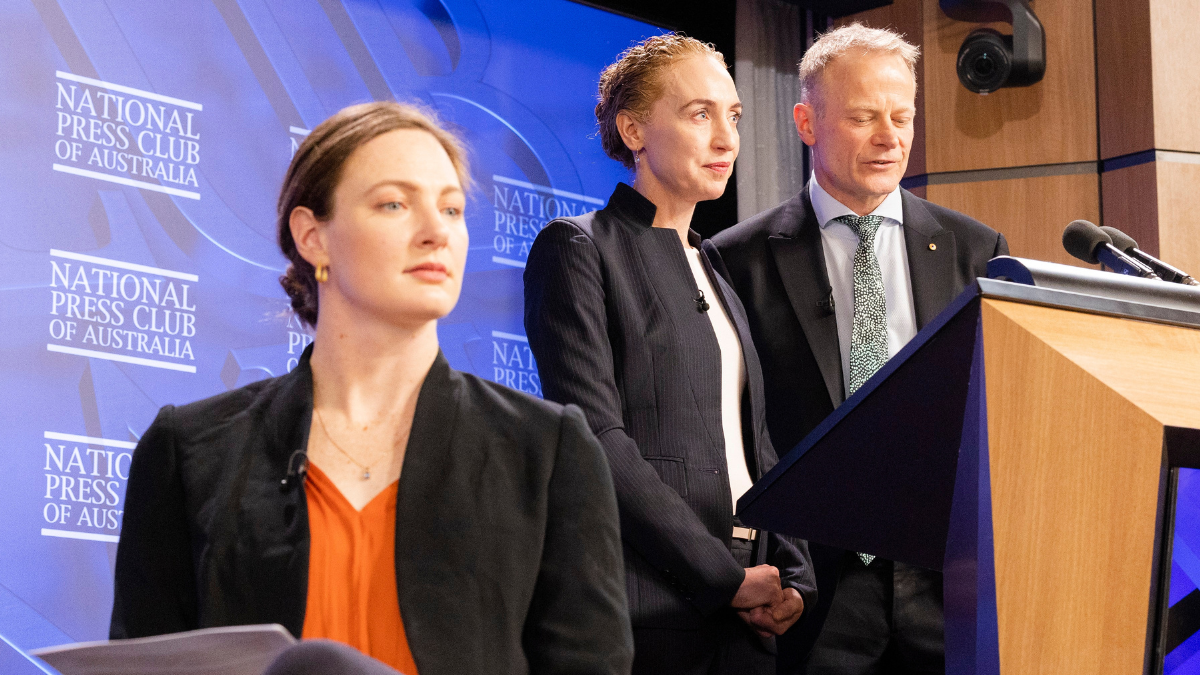
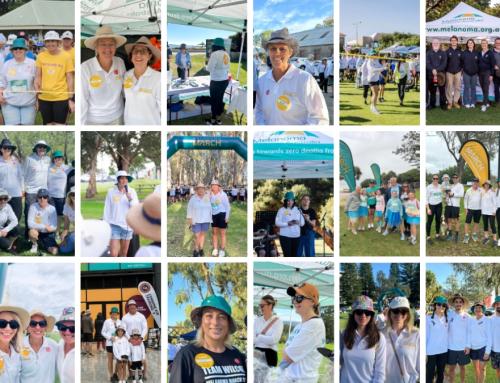
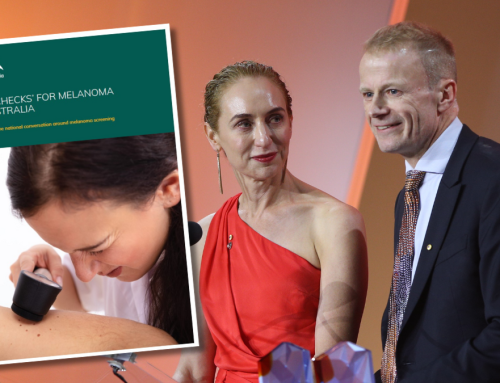
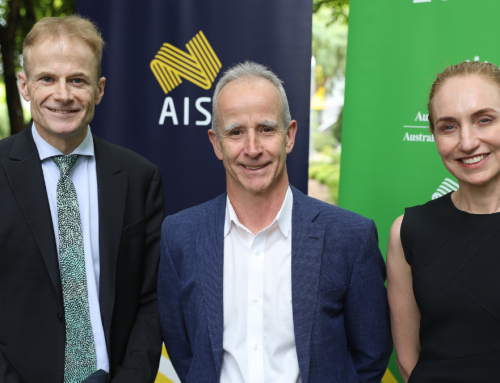
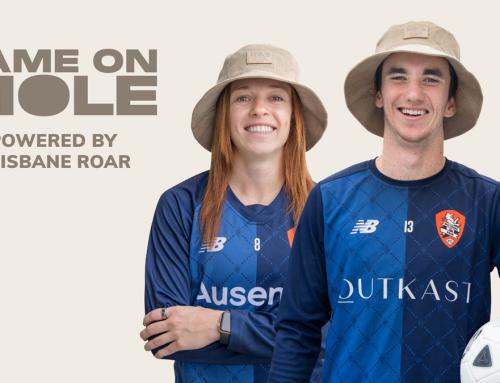
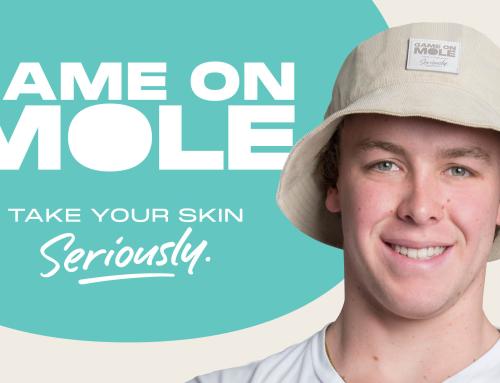
I am watching this program on ABC now. It is very informative on the specific topic of melanoma. From my reckoning, something simple was not mentioned in regards to the prevention and for sun safety. I am talking about use of umbrella during hot and sunny part of the day. It is a normal use in most Asian countries yet it is frowned at by Aussie culture. It’s preventative usefulness might not be as significant but it could be contributory.
A very good point – thank you!
What am I doing to help prevent sun cancer? Well I wear one long dangly very noticeable earring which attracts most people to ask the question “Oh you have lost an earring”. I reply with “No I have lost an earlobe”. After apologising for asking the question, it is time for me to relate my experience with melanomas (not 1 but 4!). Our family had our first experience with melanomas in the late 1980s. Our daughter at 16 had a level 3 melanoma removed. She now resides in the UK where she feels safe from our Australian sun. Later that year I had a level 3 melanoma removed from my upper arm. Advance to 2017 when a small crusty mark on my earlobe was removed thereby finding a level 3 melanoma. November 2019 on returning from our third overseas holiday, I developed the luckiest bout of pneumonia ever! X-rays found 2 melanomas, one in each lung. After losing half my left lung to remove the aggressive melanoma, I then underwent immunotherapy for a year to remove the remaining melanoma. Hopefully my incredible story of still being alive after 4 melanomas, will instill sun safely awareness to whoever listens.